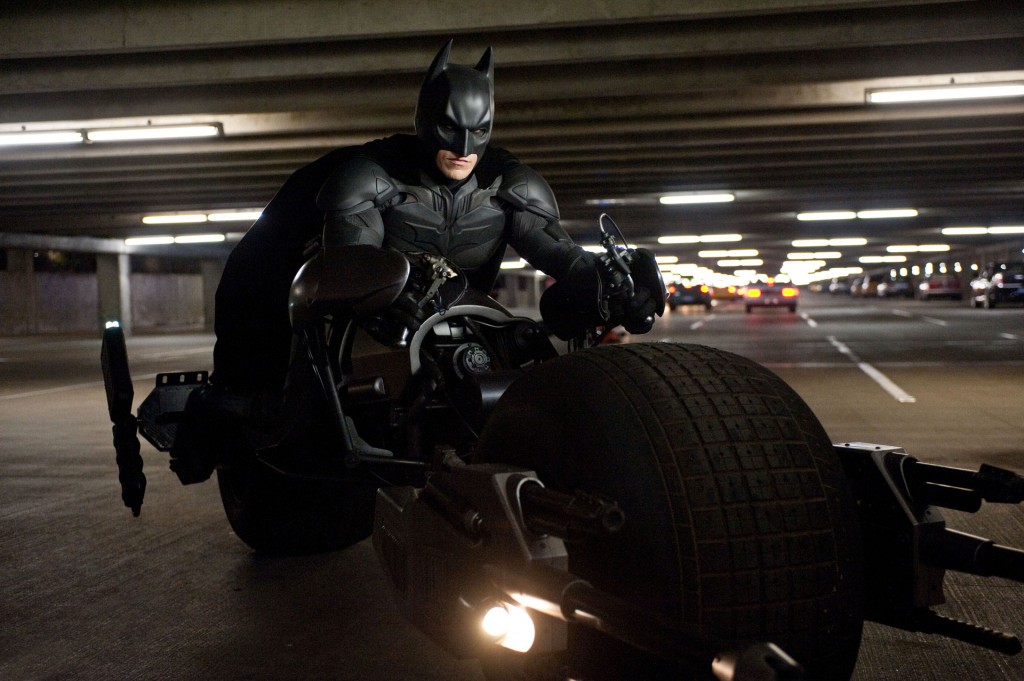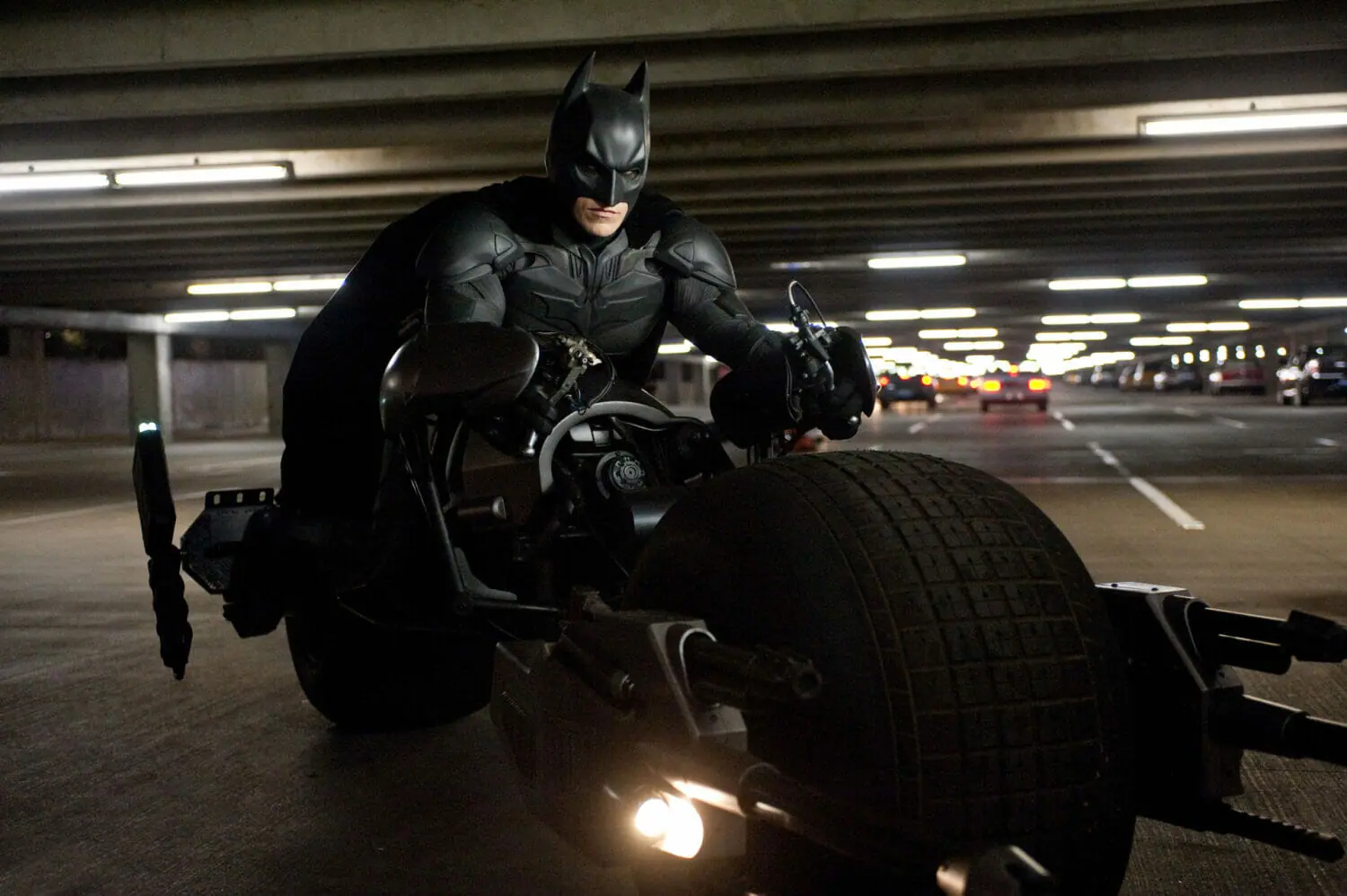
As a literary form, graphic novels are often dismissed because of their reputation. Some readers are turned away because they have pictures, thinking that hardly qualifies them to sit amongst the literary greats (and also brings back memories of childhood picture books…we are of course, so terribly far beyond that in university). Others are turned off by the perception that those into comic books will look down on their lack of knowledge, their “n00b-ness,” like Comic Book Guy on The Simpsons. Still others have a desire to begin reading, but simply have no idea where.
My love affair with graphic novels is fairly recent. I began, as many do not, with the first of four graphic novel companions to Jim Butcher’s The Dresden Files: Welcome to the Jungle. These novels did not begin my obsession with the literary form; I treated them as a short story and an addition to an already sizable body of work. For those of you holding out on graphic novels, starting with subjects you’re already familiar with may be an avenue toward them. A lot of literature has been reproduced, adapted, and continued in graphic novel form, with mixed success. Stephen King, Charlaine Harris, Philip K. Dick, Grimm’s Fairy Tales, Neil Gaiman, J. R. R. Tolkien, and George R. R. Martin are just a few authors whose works have been adapted for the medium. Films and TV also inspire graphic novel adaptations, or vice versa: The Walking Dead, Firefly, Akira, and Nausicaa of the Valley of the Wind, to name a few.
However, graphic novels are not simply a way to replicating other mediums. It’s mind-boggling how much new and different stuff there is. My first graphic novel that was not inspired by some other cultural medium was Warren Ellis’ Transmetropolitan, a gruesome, gritty and hilarious look at a possible future. The story would not have the same effect if it were not a graphic novel. Full pages of art detailing this future world allow the full effect of the setting and its dirty underbelly to unfold. I can’t help but love Spider Jerusalem’s character for how he is drawn more than how he is written; his posture is sullen, cranky and inquisitive at the same time.
One of my favourite graphic novels, Neil Gaiman’s The Sandman, has an intensely powerful impact through its images. I have taken the time to stare at the artwork for quite some time before beginning a new issue or volume of The Sandman, as it resonates quite profoundly. Though Gaiman is a master within any medium, his stories really do come alive in graphic novels—reading his stories within stories (within more stories!) could not be more enjoyable than it is in The Sandman. That’s because graphic novels are not only literature but art as well, adding an extra dimension to already complex and diverse stories. They are often creative in their form, such as Mike Carey’s appropriation and adaptation of the chose-your-own-adventure story in The Unwritten (one of my favourite currently-running graphic novels), adding a greater element to the story being told. They are not simply one-off comics like Dilbert, which is still hilarious, but rather a literary form to be valued not only for its own sake and but also for its cultural contributions.
If you’re wavering on picking up a graphic novel, I highly recommend giving at least one or two a shot. There are so many different types out there, it’s hard not to find something interesting. Don’t let those who are elitist and rude about it dissuade you—there’s a lot that’s good about graphic novels that can’t be expressed in a standard literary format. Many people begin with The Watchmen and V for Vendetta, both hugely successful Alan Moore classics that have been made into films. Others pick a story at random and begin—I suggest choosing one whose overall look of the art work and the text you like, with an interesting synopsis.
Don’t forget the added bonus to graphic novels: most of them can be read in less than one to two hours. That makes procrastination a little easier, doesn’t it?


Recent Comments